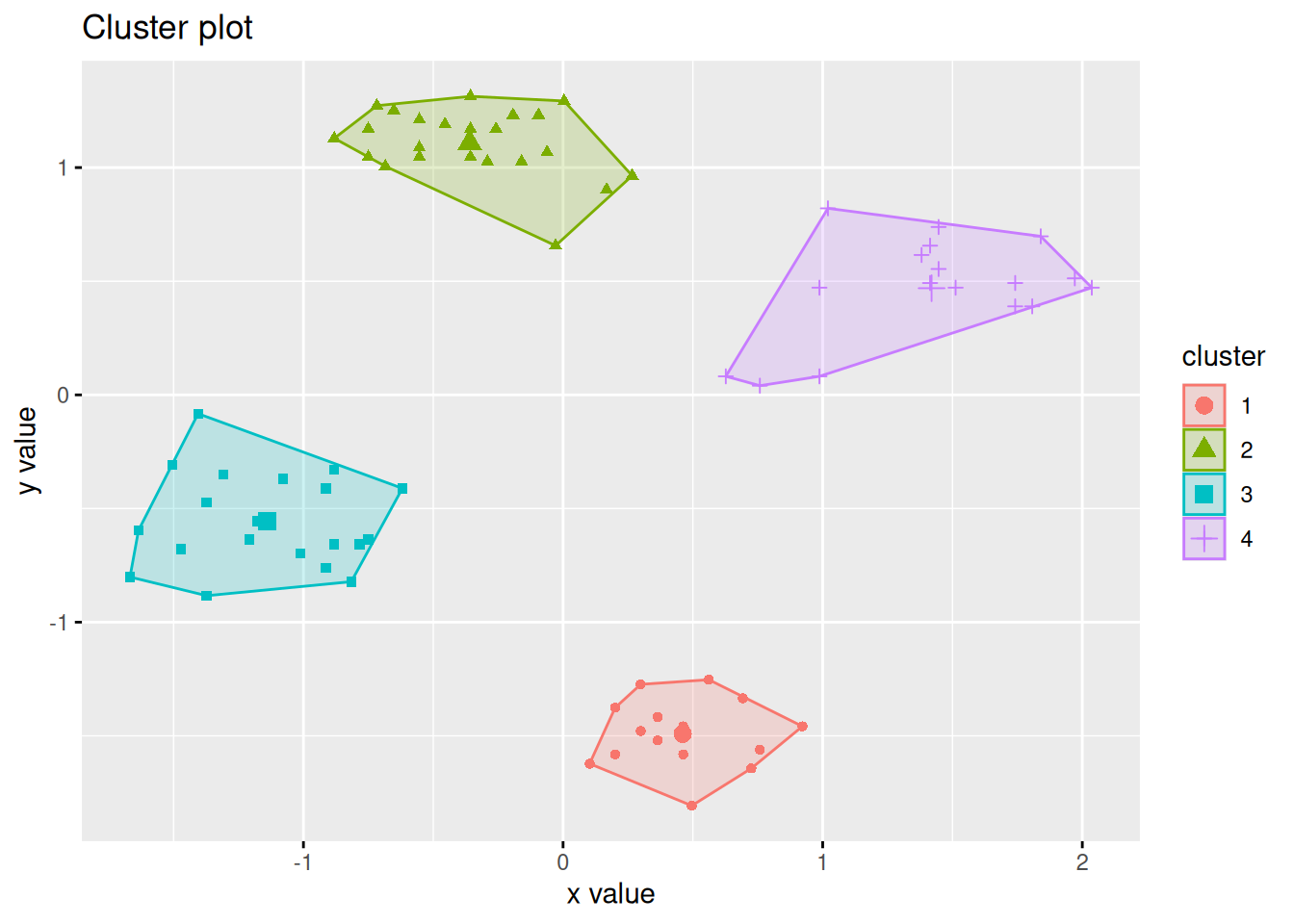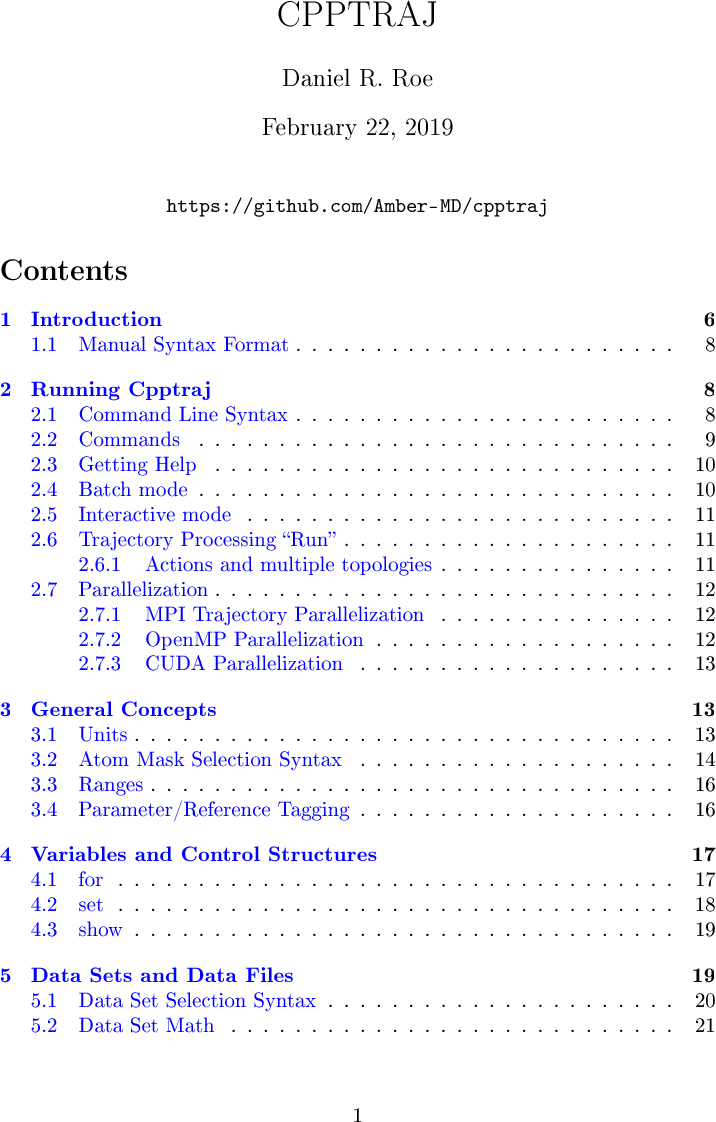44 class labels in data mining
What is the Difference Between Labeled and Unlabeled Data ... We can lastly group together all data which corresponds to the same class, in the sense that they represent similar real-world phenomena. If we do that, we're assigning labels to data, which allows us to manipulate it in a predictable and known manner. 2.5. The Relationship Between Knowledge and Labels Assigning class labels to k-means clusters - Cross Validated Cross Validated is a question and answer site for people interested in statistics, machine learning, data analysis, data mining, and data visualization. It only takes a minute to sign up. Sign up to join this community. ... (assigning meaningful class labels to each cluster). I am not talking about validation of the clusters found.
What is the difference between classes and labels in ... It is the category or set where the data is "labelled" or "tagged" or "classified" to belong to a specific class based on their common property or attribute. Class label is the discrete attribute having finite values (dependent variable) whose value you want to predict based on the values of other attributes (features). LABEL:
Class labels in data mining
Data Mining - Tasks - Tutorialspoint Data Mining - Tasks, Data mining deals with the kind of patterns that can be mined. ... Prediction − It is used to predict missing or unavailable numerical data values rather than class labels. Regression Analysis is generally used for prediction. Prediction can also be used for identification of distribution trends based on available data. How to classify ordered labels(ordinal data)? - Stack Exchange In classification problems one usually uses categorical variables. An example are One-hot vector, that have a 1 in the index of the corresponding label and 0 on the rest: label 3 -> [0,0,1,0,0,0,0,0,0,0] So if you transform your label to a one hot vector, you can now create a mathematical model. This is accompanied by a softmax layer at the end ... PDF Data Mining Classification: Basic Concepts and Techniques Data Mining Classification: Basic Concepts and Techniques Lecture Notes for Chapter 3 Introduction to Data Mining, 2nd Edition by Tan, Steinbach, Karpatne, Kumar 28/10/19 Introduction to Data Mining, 2nd Edition 1 . ... x into one of the predefined class labels y
Class labels in data mining. Data Mining - Classification & Prediction Classification models predict categorical class labels; and prediction models predict continuous valued functions. For example, we can build a classification model to categorize bank loan applications as either safe or risky, or a prediction model to predict the expenditures in dollars of potential customers on computer equipment given their ... Classification in Data Mining Explained: Types ... Every leaf node in a decision tree holds a class label. You can split the data into different classes according to the decision tree. It would predict which classes a new data point would belong to according to the created decision tree. Its prediction boundaries are vertical and horizontal lines. 4. Random forest PDF Data MiningJHan Chapter8 Classification Data Mining: Concepts and Techniques ... The class labels of training data is unknown Given a set of measurements, observations, etc. with the aim of establishing the existence of classes or clusters in the data. 4 Classification predicts categorical class labels (discrete or nominal) Data Mining - (Class|Category|Label) Target | Data Mining ... A class is also known as a label. Spark Labeled Point from pyspark.mllib.regression import LabeledPoint firstLabeledPoint = LabeledPoint('Play',[1,2,3]) SecondLabeledPoint = LabeledPoint('Don''t Play',[2,2,3]) firstLabeledPoint.label firstLabeledPoint.features Python Download Recommended Pages Data Mining - Entropy (Information Gain)
PDF Data Mining Classification: Alternative Techniques How to Determine the class label of a Test Sample? Take the majority vote of class labels among the k- nearest neighbors Weight the vote according to distance - weight factor, 𝑤 L 1/𝑑2 3 4 2/10/2021 Introduction to Data Mining, 2ndEdition 5 Choice of proximity measure matters For documents, cosine is better than correlation or Euclidean Classification & Prediction in Data Mining - Trenovision predicts categorical class labels (discrete or nominal). classifies data (constructs a model) based on the training set and the values (class labels) in a classifying attribute and uses it in classifying new data. Prediction models continuous-valued functions, i.e., predicts unknown or missing values. Supervised vs. Unsupervised Learning Data mining — Specifying the class label field This section describes how you can specify fields with a class label and provides an example. Class labels can include up to 256 characters. Use DM_setClasTarget to specify the class label field (target field) for a DM_ClasSettings value. The mining data type of this field must be categorical. The specification of this field is mandatory. Basic Concept of Classification (Data Mining) - GeeksforGeeks Classification is the problem of identifying to which of a set of categories (subpopulations), a new observation belongs to, on the basis of a training set of data containing observations and whose categories membership is known. Example: Before starting any project, we need to check its feasibility.
Data Mining Techniques - GeeksforGeeks Jun 01, 2021 · Unlike classification and prediction, which analyze class-labeled data objects or attributes, clustering analyzes data objects without consulting an identified class label. In general, the class labels do not exist in the training data simply because they are not known to begin with. Clustering can be used to generate these labels. Classification and Prediction in Data Mining: How to Build ... Classification predicts the categorical labels of data with the prediction models. Data Mining Techniques Many important data mining techniques have been developed and applied in data mining projects, particularly classification, association, clustering, prediction, sequential models, and decision trees. Read: Data Mining vs Machine Learning Decision Tree Algorithm Examples in Data Mining May 04, 2022 · It is used to create data models that will predict class labels or values for the decision-making process. The models are built from the training dataset fed to the system (supervised learning). Using a decision tree, we can visualize the decisions that make it easy to understand and thus it is a popular data mining technique. Multi-label learning with missing and completely ... Multi-label learning deals with data examples which are associated with multiple class labels simultaneously. Despite the success of existing approaches to multi-label learning, there is still a problem neglected by researchers, i.e., not only are some of the values of observed labels missing, but also some of the labels are completely unobserved for the training data. We refer to the problem ...
machine learning - Class labels in data partitions - Cross ... Suppose that one partitions the data to training/validation/test sets for further application of some classification algorithm, and it happens that training set doesn't contain all class labels that were present in the complete dataset, i.e. if say some records with label "x" appear only in validation set and not in the training.
Classification In Data Mining - Various Methods In ... Classification is the data analysis method that can be used to extract models describing important data classes or to predict future data trends and patterns. (Read also -> Data Mining Primitive Tasks) Classification is a data mining technique that predicts categorical class labels while prediction models continuous-valued functions.
Difference between classification and clustering in data ... The Key Differences Between Classification and Clustering are: Classification is the process of classifying the data with the help of class labels. On the other hand, Clustering is similar to classification but there are no predefined class labels. Classification is geared with supervised learning.
Classification in Data Mining - tutorialride.com Classification predicts the value of classifying attribute or class label. For example: Classification of credit approval on the basis of customer data. University gives class to the students based on marks. If x >= 65, then First class with distinction. If 60<= x<= 65, then First class. If 55<= x<=60, then Second class.
In data mining what is a class label..? please give an ... Basically a class label (in classification) can be compared to a response variable (in regression): a value we want to predict in terms of other (independent) variables. Difference is that a class labels is usually a discrete/Categorcial variable (eg-Yes-No, 0-1, etc.), whereas a response variable is normally a continuous/real-number variable.
Orange Data Mining - Workflows Silhouette Plot shows how ‘well-centered’ each data instance is with respect to its cluster or class label. In this workflow we use iris' class labels to observe which flowers are typical representatives of their class and which are the outliers. Select instances left of zero in the plot and observe which flowers are these.
Data Mining at FDA -- White Paper The PRR = [a/(a+b)] / [c/(c+d)]. Finney 4 and Evans 5 explored disproportionate adverse event reporting, and this concept is the basic foundation for various data mining methods the FDA currently ...
Multi-Label Classification with Deep Learning We can create a synthetic multi-label classification dataset using the make_multilabel_classification () function in the scikit-learn library. Our dataset will have 1,000 samples with 10 input features. The dataset will have three class label outputs for each sample and each class will have one or two values (0 or 1, e.g. present or not present).







Post a Comment for "44 class labels in data mining"